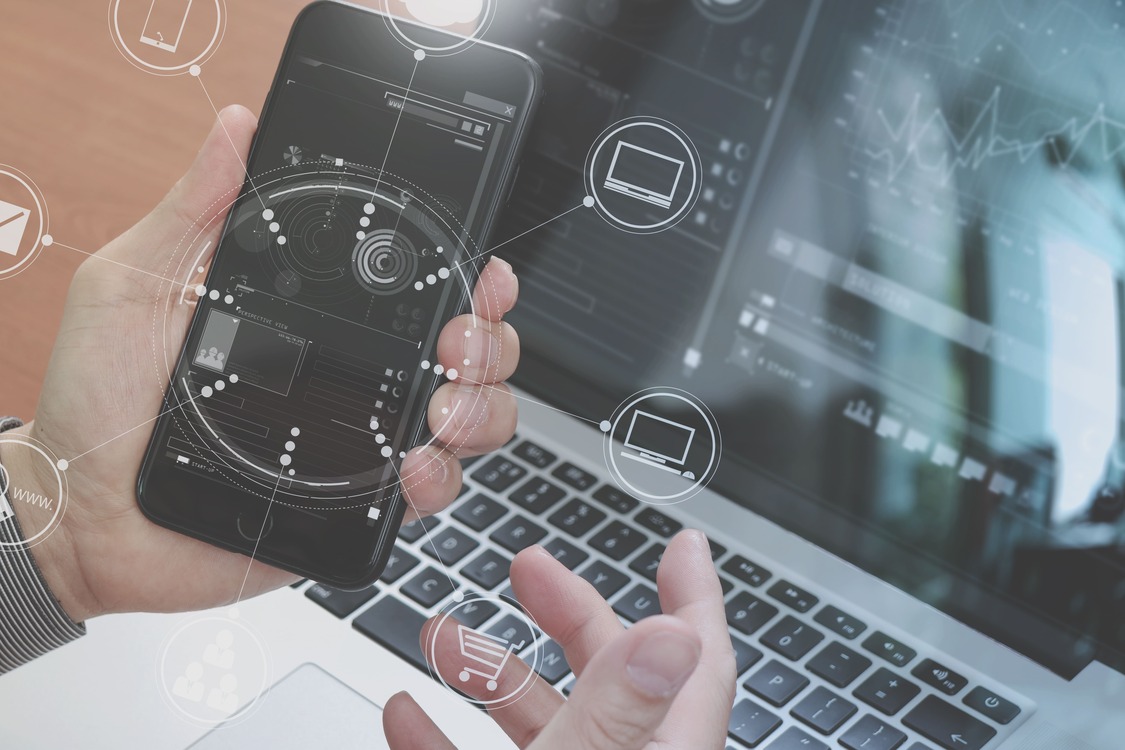Introduction
In the ever-evolving realm of technology, two groundbreaking concepts, Augmented Reality (AR) and Virtual Reality (VR), have emerged as disruptive forces in recent years. These technologies extend beyond entertainment and gaming, fundamentally reshaping our interaction with the digital realm. This article delves into the AR and VR revolution, highlighting their profound implications for app development and user experiences.
Understanding AR and VR
Augmented Reality (AR) enriches the real world with digital overlays, enhancing our perception and interaction with reality. AR experiences are accessible through smartphones, tablets, and smart glasses. Their applications span various sectors, from retail to healthcare, providing interactive encounters that bridge the gap between the physical and digital domains.
Conversely, Virtual Reality (VR) immerses users in simulated environments, disconnecting them from the physical world. VR is typically facilitated by headsets that generate an all-encompassing virtual world, allowing users to explore and interact with computer-generated surroundings.
Revolutionizing User Experiences
- Interactive Shopping: AR has transformed the shopping landscape by enabling customers to visualize furniture and products in their living spaces before purchasing. Likewise, cosmetic brands leverage AR for virtual makeup try-ons, allowing users to experiment with different looks in real-time.
- Enhanced Learning: VR has revolutionized education, as students can now engage with subjects in immersive ways. From exploring historical eras to practicing complex medical procedures, VR enhances comprehension and retention of intricate concepts.
- Tourism and Travel: The travel industry benefits from AR and VR by offering virtual tours of destinations. AR-guided navigation aids travelers in navigating unfamiliar areas, while VR transports them to distant locales without leaving their homes.
- Advancements in Healthcare: VR is making strides in healthcare by aiding pain management, exposure therapy, and medical training. Medical students can refine surgical skills in a risk-free virtual environment, while VR-based exposure therapy helps patients confront their fears under controlled conditions.
- Gaming Evolution: Gaming was quick to embrace VR, driving innovation in immersive experiences. AR has also infiltrated mobile gaming, enabling players to merge beloved characters with their real-world surroundings using smartphone cameras.
AR and VR App Development
Developing apps for AR and VR necessitates a harmonious blend of creativity and technical expertise. Here’s how these technologies influence app development:
- User-Centric Design: AR and VR apps demand user-centric design. Designers must anticipate user interactions with virtual elements, ensuring a seamless and intuitive experience.
- Realistic Rendering: Convincing AR experiences rely on seamlessly integrating digital objects into the real world. VR apps, in contrast, necessitate high-quality graphics to prevent discomfort and motion sickness while enhancing immersion.
- Optimizing Performance: Both AR and VR demand substantial processing power. App developers must optimize code to ensure smooth performance and maintain a high frame rate, preventing lag and discomfort.
- Hardware Integration: AR and VR apps often rely on specific hardware, such as cameras, sensors, and headsets. Developers must ensure compatibility with various devices to reach a wider audience.
- Data Privacy and Security: As with any technology involving data processing, AR and VR apps must prioritize user privacy and data security. Striking the right balance between data collection and user confidentiality is imperative.
Conclusion
The AR and VR revolution is reshaping our interaction with technology, ushering in novel dimensions of user experiences. From interactive shopping to immersive education and advancements in healthcare, these technologies exhibit transformative potential across various industries. As app developers continue to push boundaries, the full extent of AR and VR’s impact on our digital lives is only beginning to unfold. The future holds boundless possibilities as these technologies evolve, deepening our connection with the digital world in unprecedented ways.

